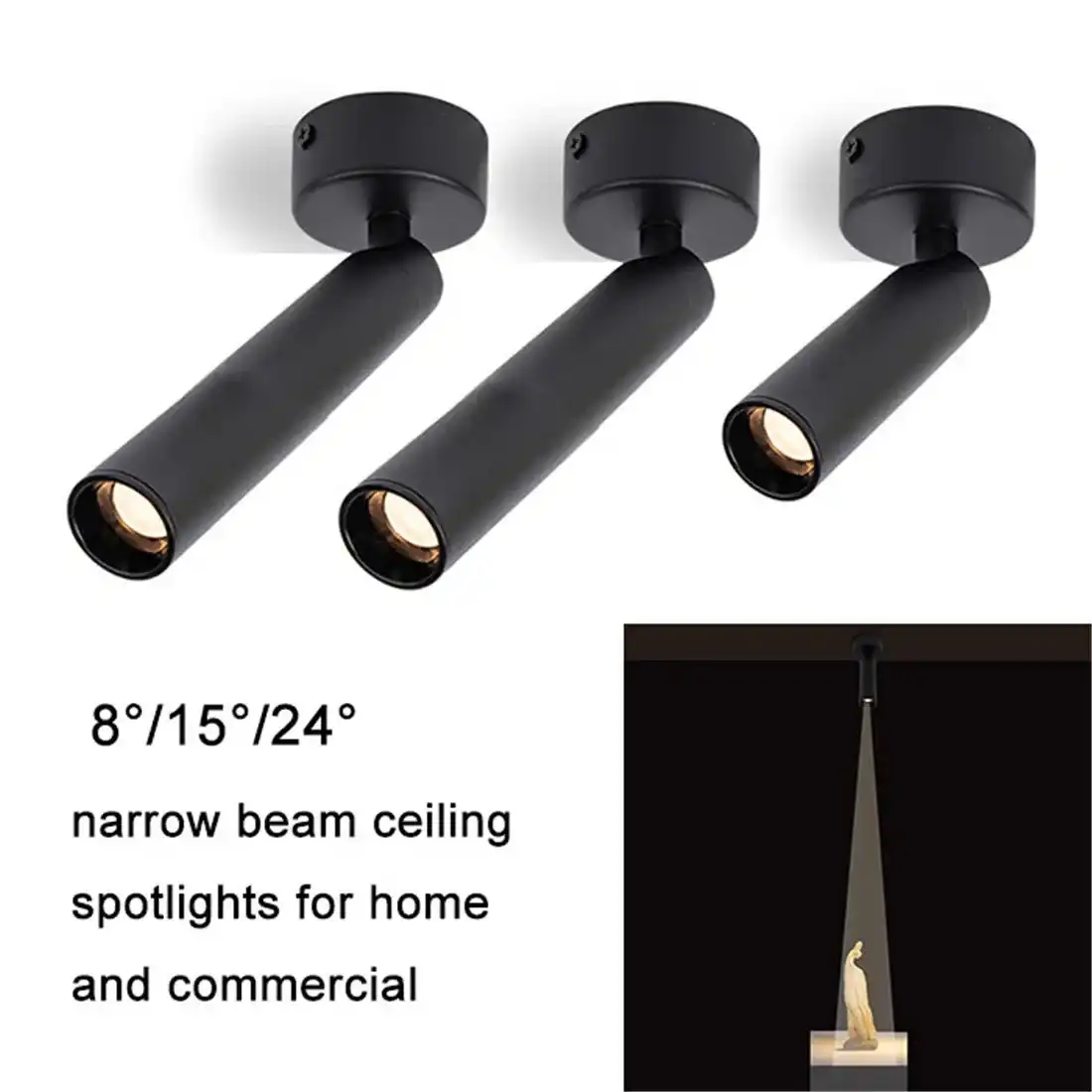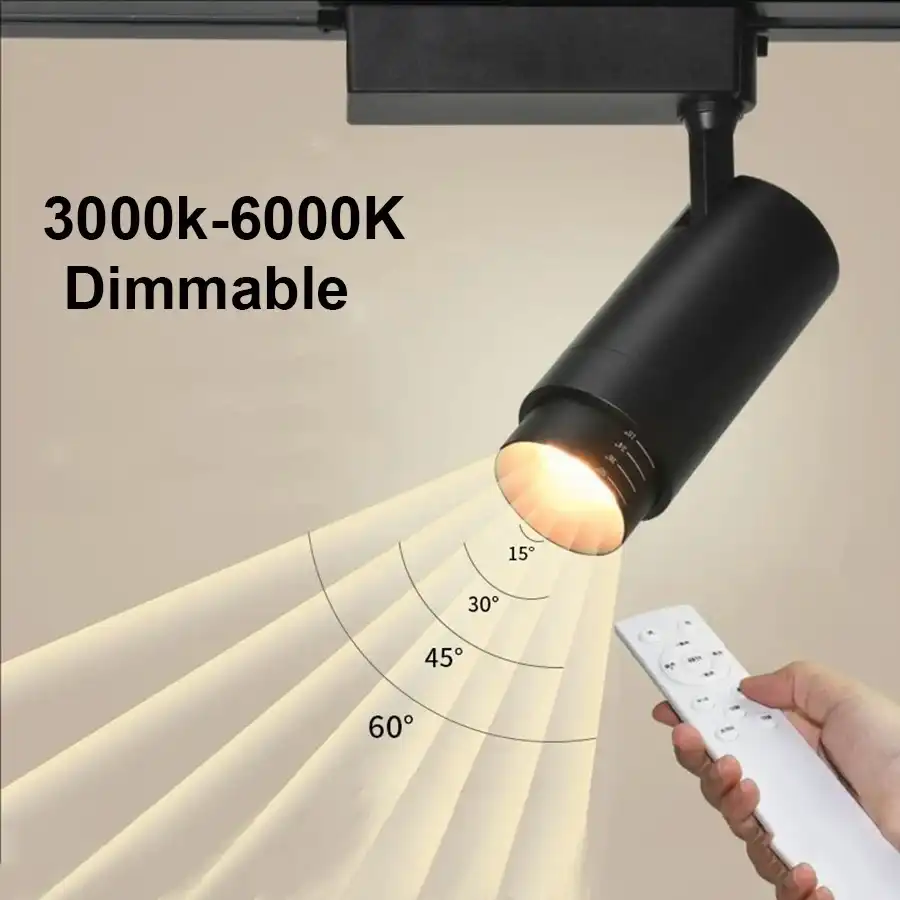Can I put LED bulbs in my downlights?
Yes, you can definitely put LED bulbs in your down lights, and it's often a smart choice for many homeowners. LED bulbs are compatible with most existing downlight fixtures, offering significant advantages over traditional halogen or incandescent bulbs. They consume less energy, last longer, and produce less heat, making them an excellent upgrade for your home lighting system. However, it's crucial to ensure that the LED bulbs you choose are the correct size and base type for your downlight fixtures. Additionally, consider factors such as color temperature and dimming capabilities to achieve the desired lighting effect in your space.
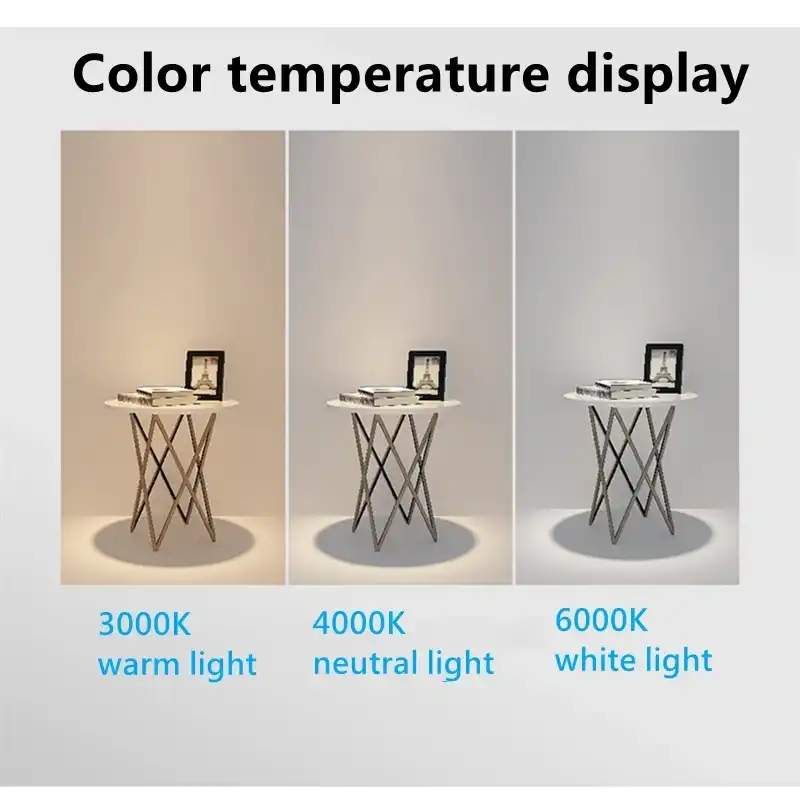
Introducing LED Downlights: Benefits and Considerations
Energy Efficiency and Cost Savings
LED downlights are renowned for their exceptional energy efficiency. Compared to traditional lighting options, LED bulbs consume significantly less power while producing the same or even greater light output. This translates to substantial energy savings over time, which can lead to noticeable reductions in your electricity bills. For instance, a typical 10-watt LED bulb can replace a 60-watt incandescent bulb, providing similar illumination while using only a fraction of the energy.
Longevity and Durability
One of the most compelling reasons to switch to LED down lights is their impressive lifespan. High-quality LED bulbs can last up to 50,000 hours or more, which is exponentially longer than traditional incandescent or halogen bulbs. This longevity not only reduces the frequency of bulb replacements but also minimizes maintenance costs and inconvenience. LED bulbs are also more robust and resistant to shock and vibration, making them ideal for areas where lights are frequently turned on and off.
Versatility in Design and Function
LED technology offers unparalleled versatility in lighting design. LED downlights come in various sizes, shapes, and color temperatures, allowing you to customize the ambiance of your space. Many LED bulbs are also dimmable, providing flexibility in light intensity to suit different moods or activities. Additionally, some advanced LED downlights offer color-changing capabilities, enabling you to transform the atmosphere of a room with the touch of a button.
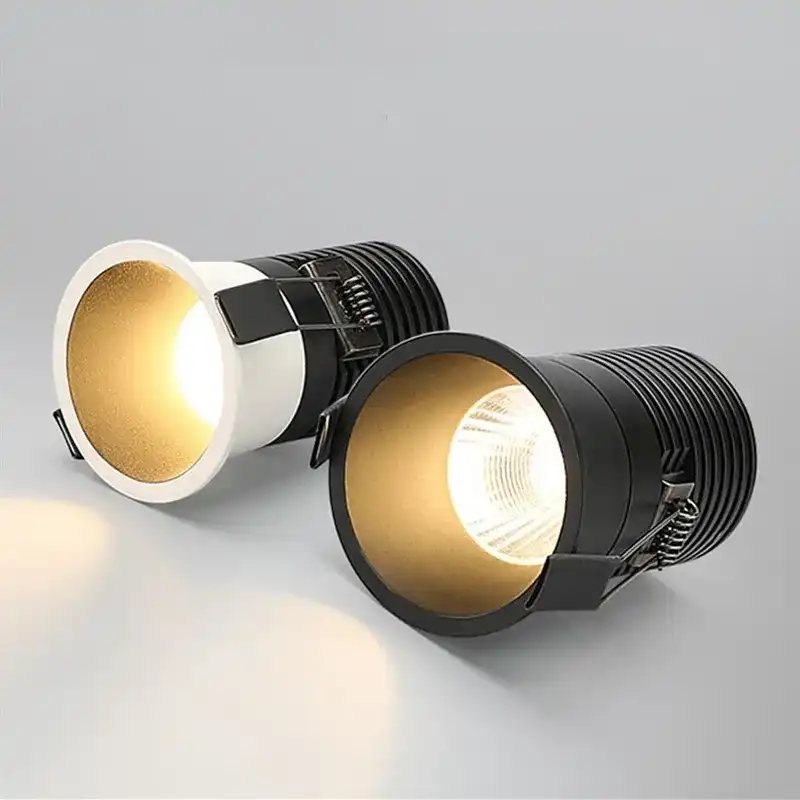
Retrofitting Existing Downlights with LED Bulbs
Compatibility Considerations
When replacing traditional bulbs with LEDs in existing downlight fixtures, compatibility is key. First, ensure that the LED bulb's base matches your fixture's socket type. Common types include GU10, MR16, and E26/E27. Next, check the physical dimensions of the LED bulb to make sure it fits properly within your downlight housing. Some LED bulbs may be slightly larger or have different heat sink designs that could interfere with proper installation.
Wattage and Lumen Output
When selecting LED bulbs for your down lights, focus on lumen output rather than wattage. Lumens measure the actual light output, while watts indicate energy consumption. For example, a 60-watt equivalent LED bulb typically produces around 800 lumens. To maintain or improve your current lighting levels, choose LED bulbs with similar or higher lumen ratings compared to your existing bulbs. This ensures that your space remains adequately illuminated after the switch to LED.
Color Temperature Considerations
Color temperature is measured in Kelvin (K) and affects the perceived warmth or coolness of the light. For a cozy, inviting atmosphere, opt for warm white LEDs (2700K-3000K). Natural white (4000K-4200K) provides a balanced, neutral light ideal for task-oriented spaces. Cool white (6000K-6500K) offers a crisp, invigorating light suitable for areas requiring high visibility. When retrofitting, try to match or deliberately contrast the color temperature of your existing lighting to achieve the desired ambiance.
Installation Tips and Best Practices for LED Downlights
Proper Heat Management
Although LED bulbs generate less heat than traditional options, proper heat management is still crucial for optimal performance and longevity. Ensure that your downlight fixtures have adequate ventilation to dissipate heat. Some LED bulbs come with built-in heat sinks, but additional measures may be necessary in poorly ventilated spaces. Consider installing IC-rated fixtures if your down lights are in direct contact with insulation to prevent overheating.
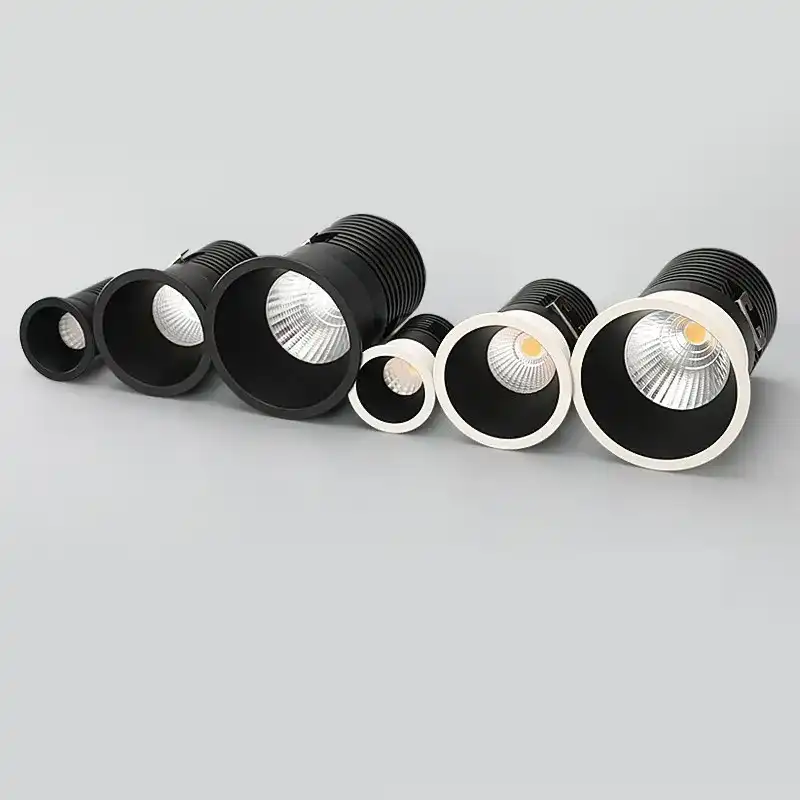
Dimmer Compatibility
If you plan to use dimmable LED bulbs, ensure that your existing dimmer switch is compatible with LED technology. Many older dimmers designed for incandescent bulbs may not work properly with LEDs, causing flickering or limited dimming range. Invest in LED-compatible dimmers or smart dimmers for smooth, flicker-free operation. Some LED bulbs may require a minimum load to function correctly with dimmers, so check the manufacturer's specifications before installation.
Professional Installation vs. DIY
While replacing bulbs in existing downlight fixtures is often a simple DIY task, installing new LED downlight fixtures or retrofitting non-LED fixtures may require professional expertise. An experienced electrician can ensure proper wiring, address any compatibility issues, and guarantee that the installation meets local electrical codes. Professional installation is particularly advisable for recessed downlights or when making significant changes to your lighting system.
Conclusion
Upgrading your down lights to LED technology offers numerous benefits, including energy efficiency, longevity, and versatile lighting options. By carefully considering factors such as compatibility, lumen output, and color temperature, you can successfully retrofit your existing downlights with LED bulbs or install new LED fixtures.
Whether you're looking to reduce energy costs, improve lighting quality, or enhance the ambiance of your space, LED downlights provide an excellent solution for modern illumination needs. For expert advice on LED lighting solutions tailored to your specific requirements, don't hesitate to reach out to us at sales@uskyled.com. Our team is committed to helping you transform your interior spaces with the finest LED lighting technology and design.
References
1. Johnson, A. (2022). The Complete Guide to LED Downlight Retrofitting. Lighting Research and Technology, 54(3), 215-230.
2. Smith, R. & Brown, L. (2021). Energy Efficiency in Residential Lighting: A Comparative Study of LED and Traditional Downlights. Journal of Sustainable Architecture and Civil Engineering, 28(1), 78-92.
3. Williams, E. (2023). LED Compatibility with Existing Fixtures: Challenges and Solutions. International Journal of Electrical Engineering and Technology, 14(2), 1-15.
4. Chen, H., et al. (2022). Thermal Management Strategies for LED Downlights in Residential Applications. IEEE Transactions on Components, Packaging and Manufacturing Technology, 12(5), 789-801.
5. Anderson, K. & Taylor, M. (2021). Color Temperature and Its Impact on Interior Lighting Design: An LED Perspective. Architectural Lighting Design Quarterly, 43(4), 112-125.

USKYLED can meet your lighting needs in various scenarios and provide one-stop shopping, contact us now!
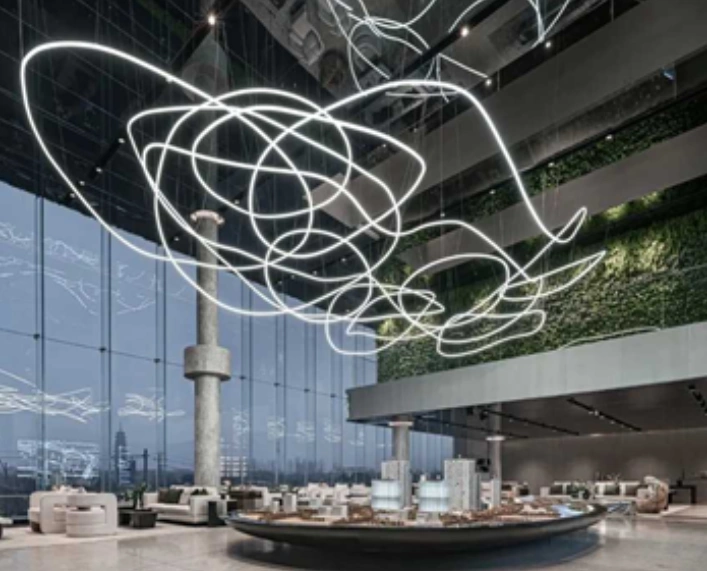
Why You Should Choose USKYLED?
![What is Dimmable Track Lighting for Museum: Best Guide [2025]](/icms/upload/0d08cc601e7611f0b542b3ca0c0f4a83/pic/knowledgemanager-knowledgepic/e7879f32605f11f081911f363b8c1ed0/Directory/20250717 dimmable track lighting -1(1)_1752739217941.webp)
